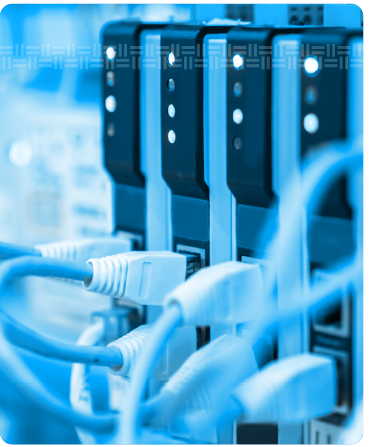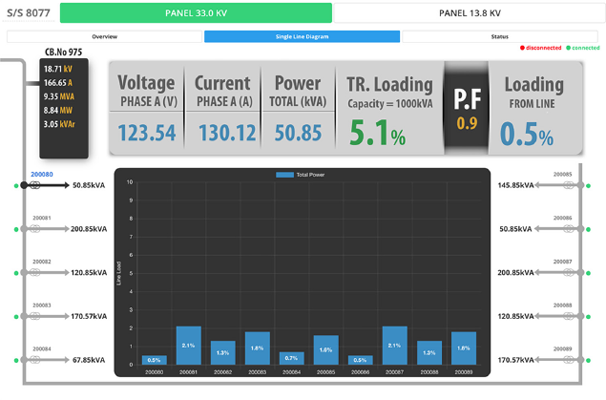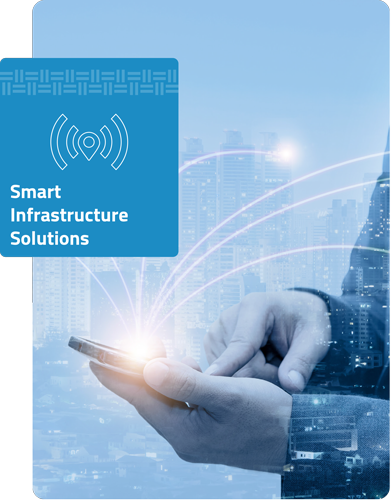
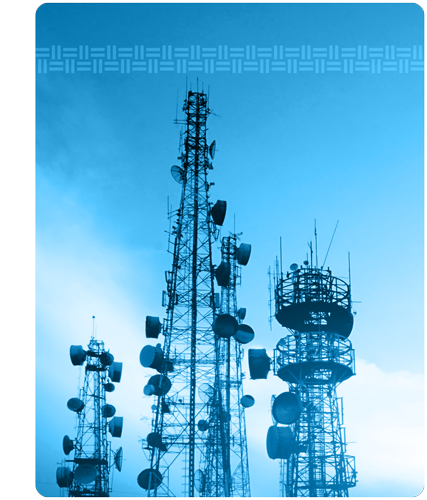
2.Smart Infrastructure solutions
TE is working on number of projects and opportunities in the energy efficiency and ICT area in Saudi Arabia. The aim is to provide high quality affordable energy efficiency and smart solutions, products and services to various stakeholders in the Kingdom.
2.1. Smart City Solution:
2.1.1. I·CORE™ Technology for IoT Pole:
| Smart Poles understanding | Smart Poles Key Capabilities and Benefits | ||||
| Main applications and benefits | |||||
 |
Thanks to the different IOT sensors and applications, Smart Poles are able to improve lives and provide different capabilities, solutions and benefits to users in cities, airports, highways, etc:
|

I-CORE offer a wide range of capabilities which provide enhanced experiences and services to the
cities while reducing costs and generating new revenues opportunities
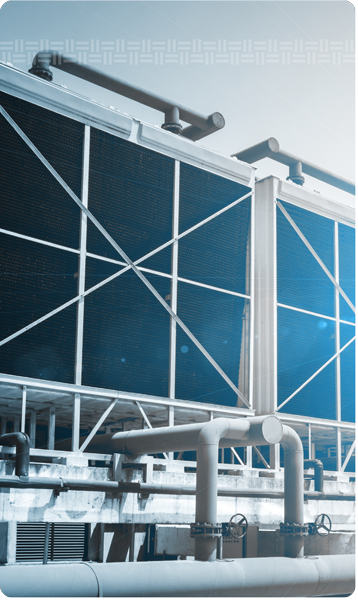
2.1.2. PREISS: Solar Pole Skyline Bollard Kit
2.1.3. Smart bench
2.2. Innovative Cooling, Water and Wastewater treatment
Technologies
2.2.1. MULTI GENERATION DISTRICT COOLING TECHNOLOGY
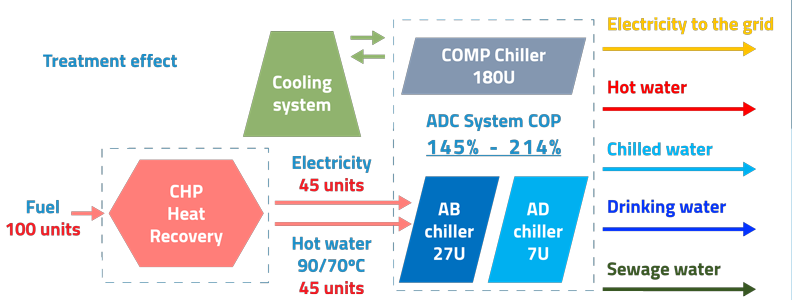
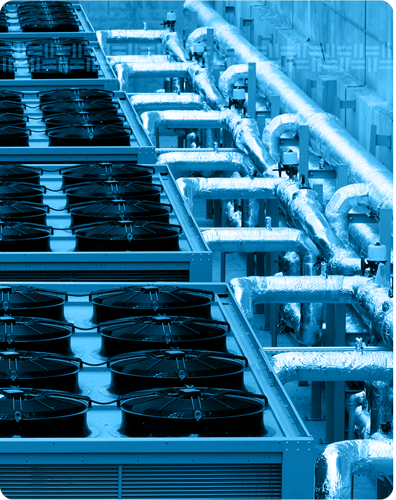
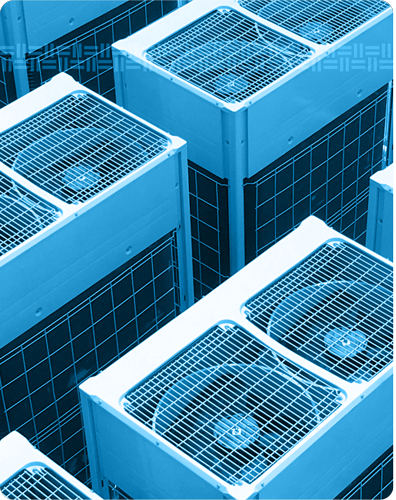
2.2.2. SOLAR COOLING
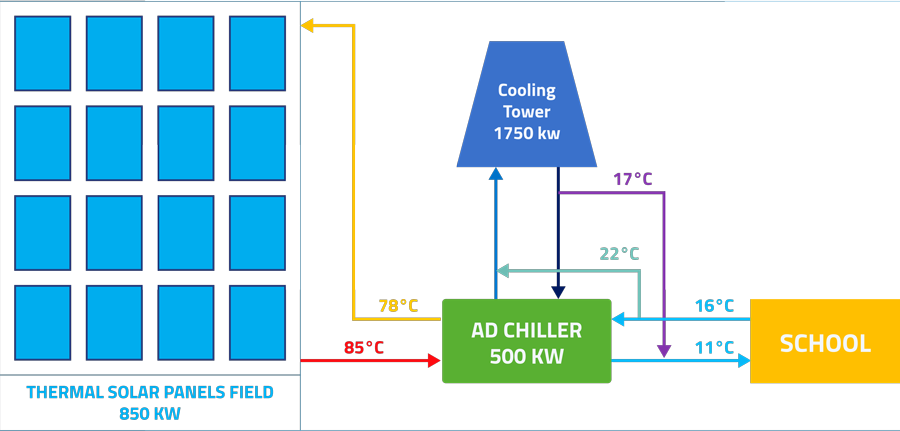 2.2.3. CODECO Combined Desalination and Cooling System
2.2.3. CODECO Combined Desalination and Cooling System
WE innovative concept of CODECO allows cheapest project implementation due
to using new approach based on heat recovery (temperature decrease) from
distillate what makes project very feasible at very low OPEX for distillate water
cooling assuming distillate temperature reduction down.
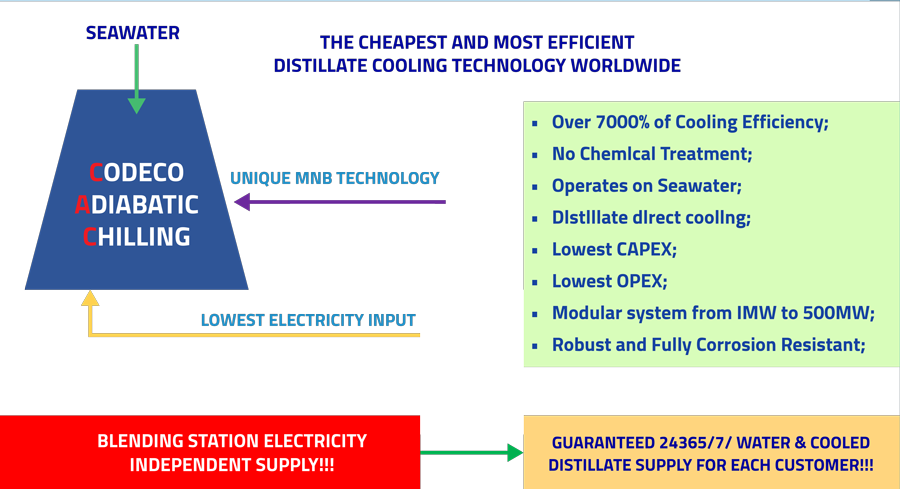

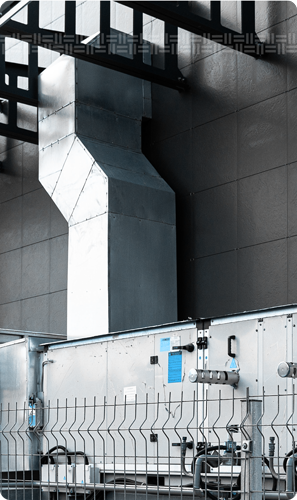
2.2.4. CAC-ABS TECHNOLOGY FOR COW COOLING SYSTEM
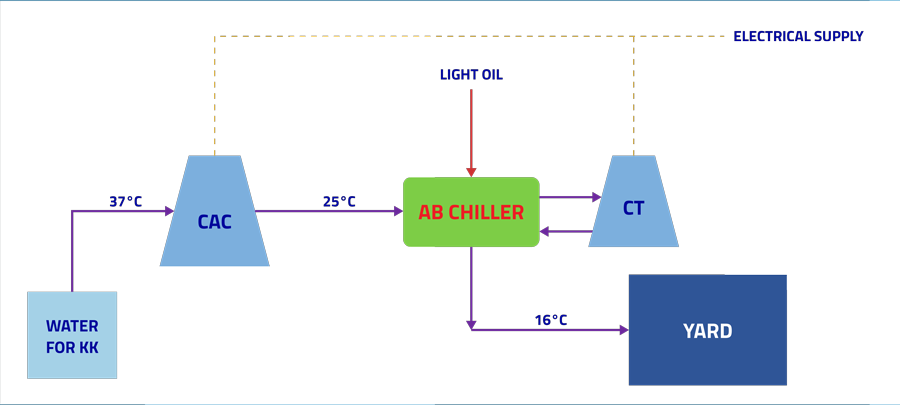 2.2.5. COOLING TECHNOLOGY FOR LARGE OPEN AREAS
2.2.5. COOLING TECHNOLOGY FOR LARGE OPEN AREAS
AVERAGE COOLING REQUIREMENTS FOR MALL IS 100W/m2
1000kW system will supply cooling for 10 000 m2 area
2.2.6. CODECO ZERO LIQUID DISCHARGE (CODECO ZLD)
Water and Wastewater Tecnologies
2.2.7. WASTEWATER MNBF TREATMENT TECHNOLOGY
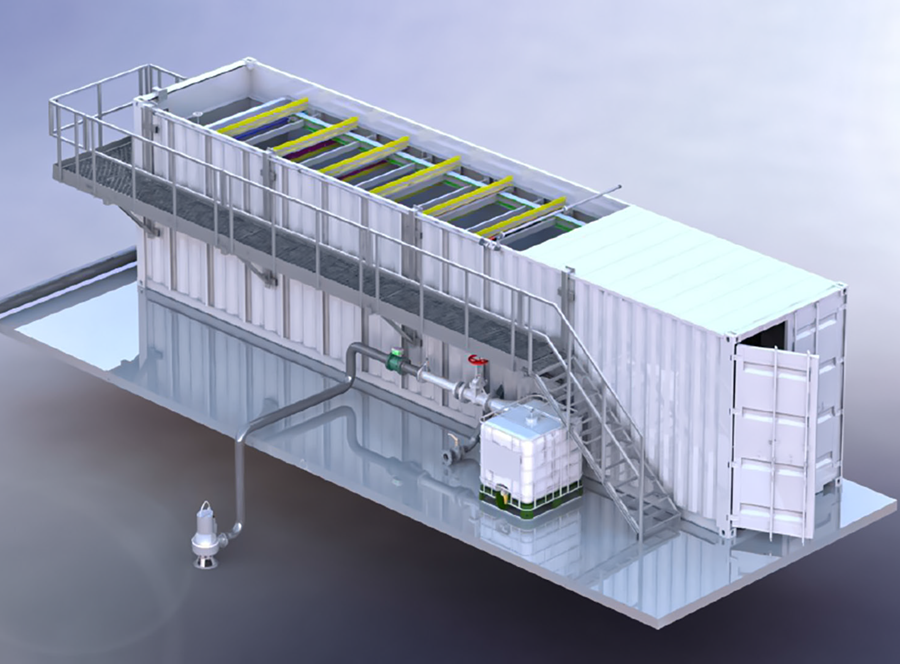
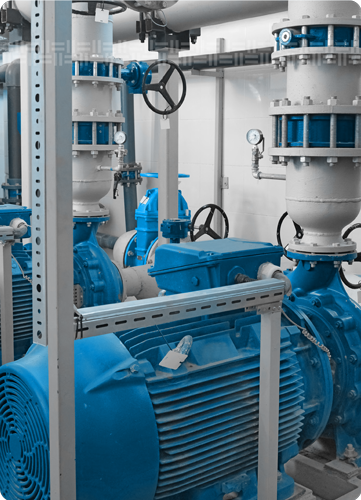
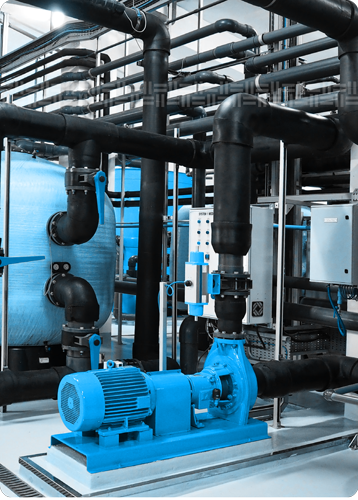
1. Containerized & Mobile Design.
Systems up to 10,000 m3/day are skid mounted pre-fabricated systems, adopted in sea-land containers modules for easy transportation and on-site standardized installation.
2. Compacted & low footprint Design.
Due to taking place advanced MNBs oxidation and efficient MNBs flotation sewage treatment process is extremely low footprint design. STP of size 5,000 m3/day requires less then 150 m2 of total footprint.
3. Full Process Online Control and Automation.
System is designed with on-line troubleshooting monitoring and control
Efficient Wastewater Treatment technology for various
kinds of industrial wastewaters:
- Degrade phenol, formalin, acetone, methanol
- Degrade polyvinyl alcohol
- Oxidase ammonia nitrogen
- Degrade SS
- Increase dissolved oxygen
- Degrade and remove oil
- Reduce COD and BOD
- Eliminate bacteria and viruses
- Purifies water from all chemical pollutants !
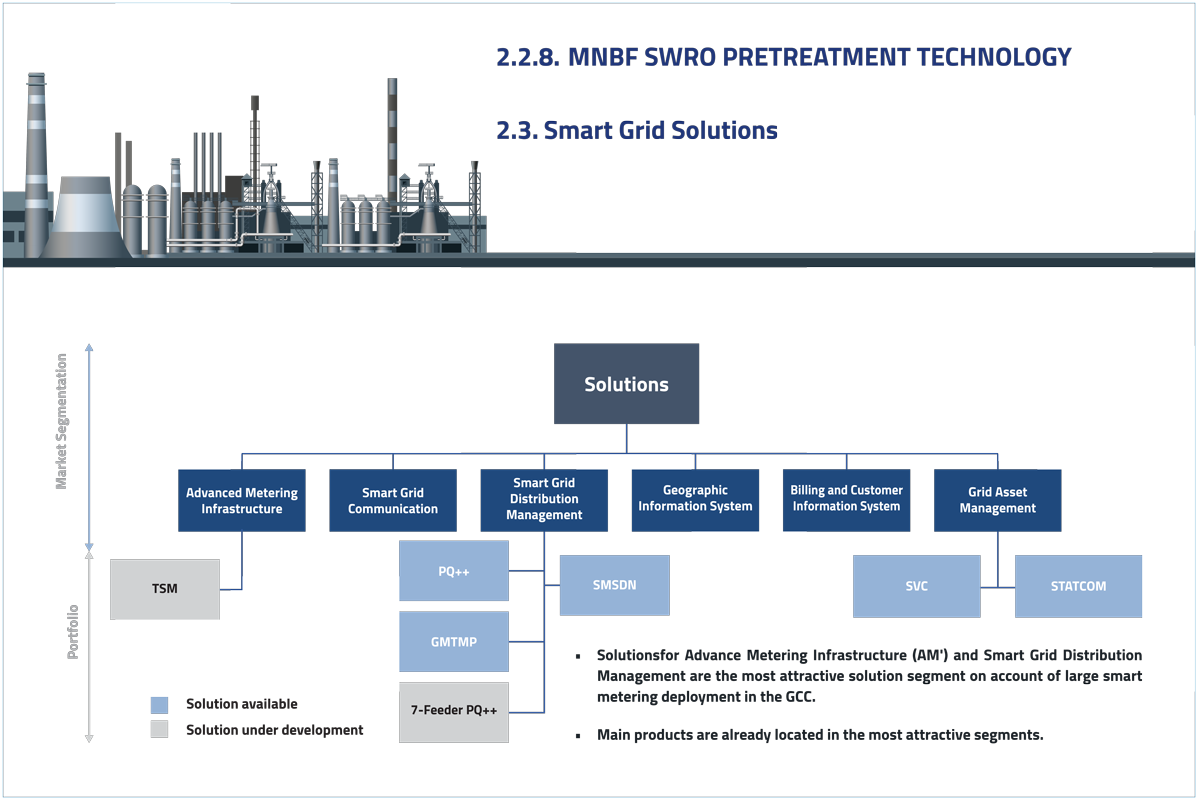

2.3.1. STATIC VAR COMPENSATOR (SVC)
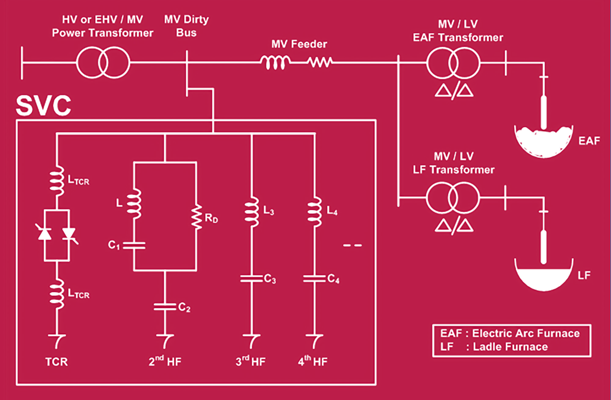
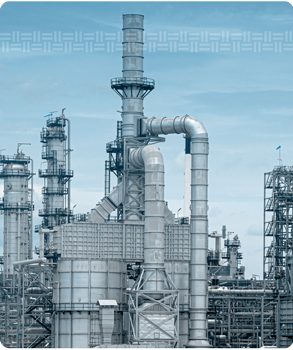
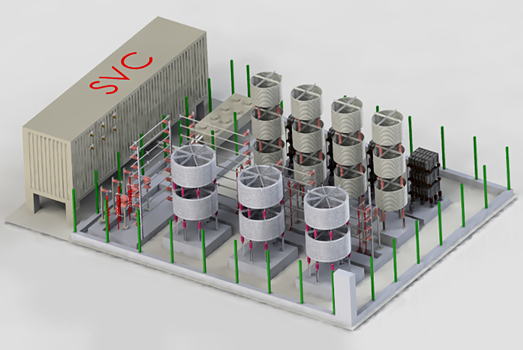
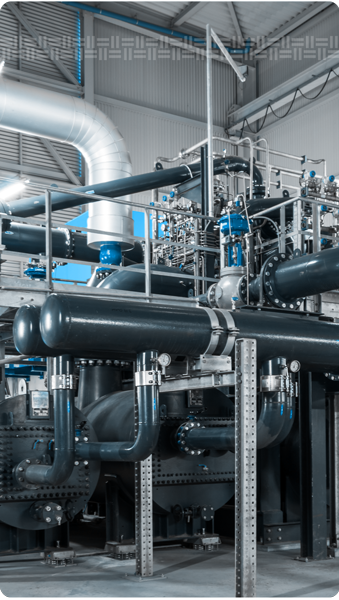
The most remarkable benefits of SVC are:
– Low response time, on the order of milliseconds+
– Prevention of transient currents and voltages
– Lower disturbance in the network
– Ability to provide inductive reactive power on demand
– Independent three phase compensation – unbalanced compensation
+This feature is especially important for rapid changing inductive loads such as welding machines, furnaces, etc.
TE provides SVC solutions to its customers with the following features:
– 0.4kV to 36kV system voltage*
– 1MVAr to 300MVAr reactive power
– Digital controllers such as DSP and FPGA
– Remote monitoring and control through PLC and HMI systems
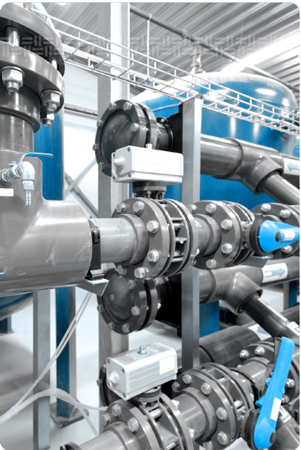
2.3.2. STATIC SYNCHRONOUS COMPENSATOR (STATCOM)
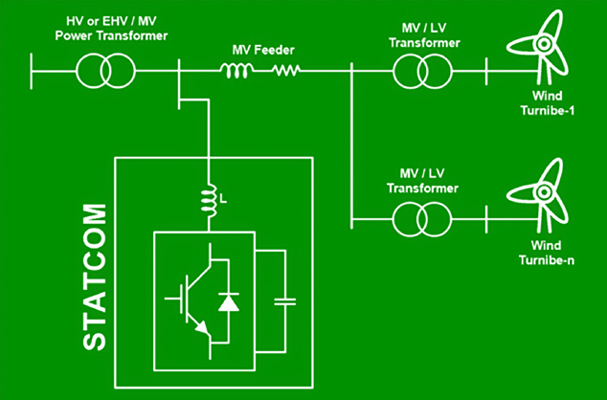
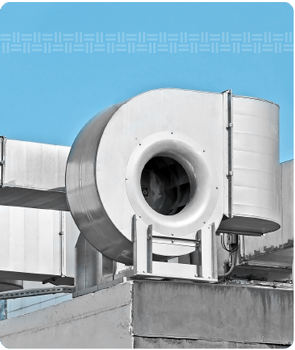
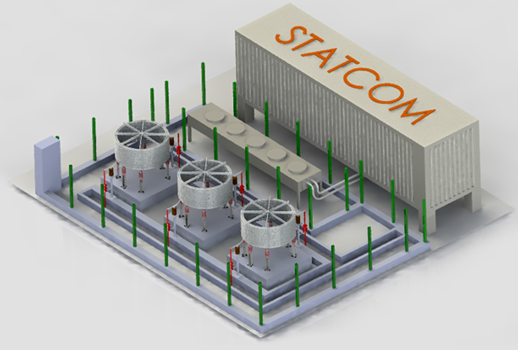
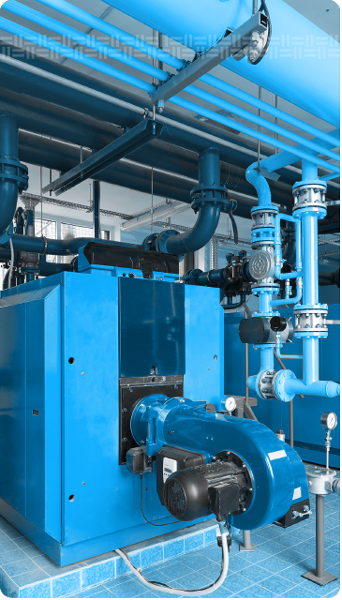
Some of the important benefits of STATCOM are:
– Low response time, on the order of milliseconds *
– Prevention of transient currents and voltages
– Lower disturbance in the network
– Can provide both inductive and capacitive reactive power
– Independent three phase operation
– Current is not dependent on grid voltage magnitude
STATCOM solutions with the following features are provided as follow:
– 0.4kV to 36kV system voltage 1
– 1MVAr to 100MVAr reactive power 2
– Digital controllers such as DSP and FPGA
– Remote monitoring and control through PLC and HMI systems
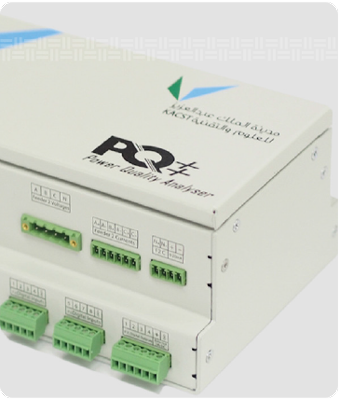
2.3.3. Power Quality Analyser (PQ++) 7-Feeder PQ++
The Power Quality (PQ) Analyzer
Is a device that measures phase voltages and currents then calculates the major PQ indices and quantities such as RMS values, frequency, harmonics, interharmonics, voltage unbalance, flicker levels and etc… In addition, it captures the voltage events (sags/swells, and interruptions) which are used then to assess the service and measure its quality.

2.3.4. Smart Monitoring System for Distribution Networks (SMSDN)
SMSDN vs SCADA (Monitoring part):
- More accurate calculations of voltage, current, frequency, MW, MVAr, MVA and PF.
- Energy calculation. (MWh, MVArh, MVAh)
- Power quality indices calculation such as voltage and current harmonics (and THD), unbalance, flicker, voltage events (dip/swell/interruption).
- Local system with flexible access and data extraction.
- Environmental measurements capability.
- Possibility of automatic reliability indices calculations.
- Flexible display mechanisms.
- Flexible reporting mechanism.
- Possibility of smart phones access.
- Data platform for various network studies and applications.
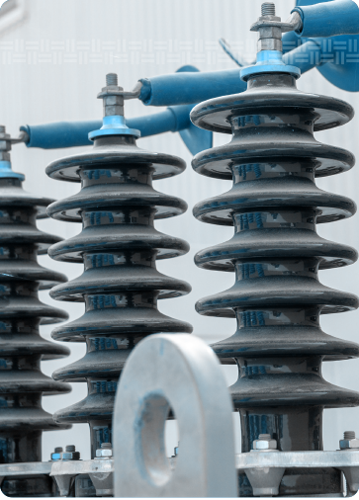
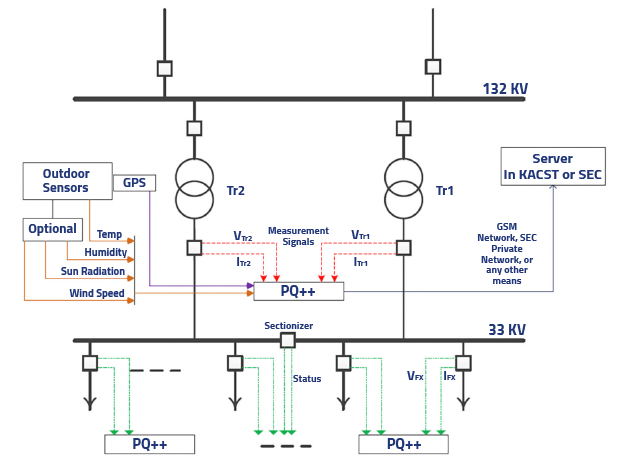
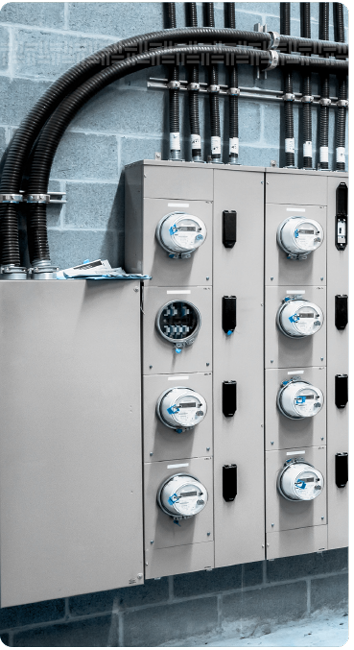
2.3.5. Ground-Mounted Transformer Measurement Panel (GMTMP)
- Measurements of voltage, current, frequency, and calculations of KW, KVAr, KVA and PF.
- Energy calculations. (MWh, MVArh, MVAh).
- Several demand analysis which depends on the meter used in the panel.
- Local system with flexible access and data extraction.
- Real-time data monitoring with configurable intervals (1s, 2s, …etc).
- Possibility of automatic reliability indices calculations.
- Flexible display mechanisms.
- Flexible reporting mechanism.
- Possibility of smart phones access.
- Data platform for various network studies and applications.
- Possibility of GPS integration to establish local Real Time Clock (RTC).
